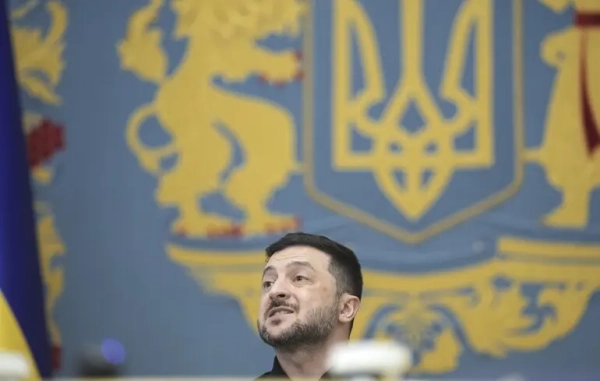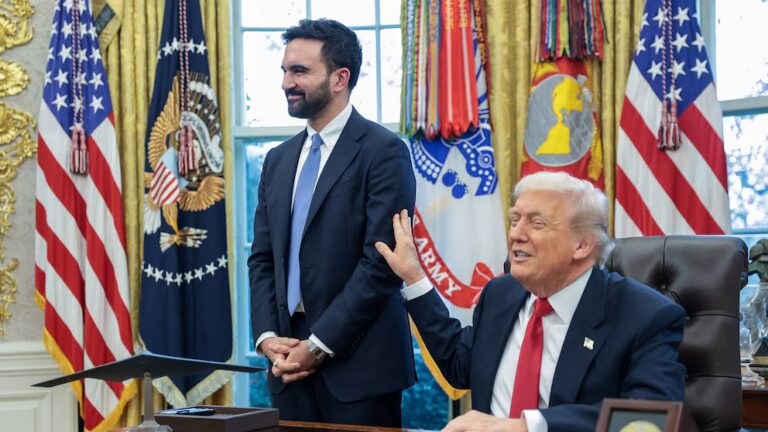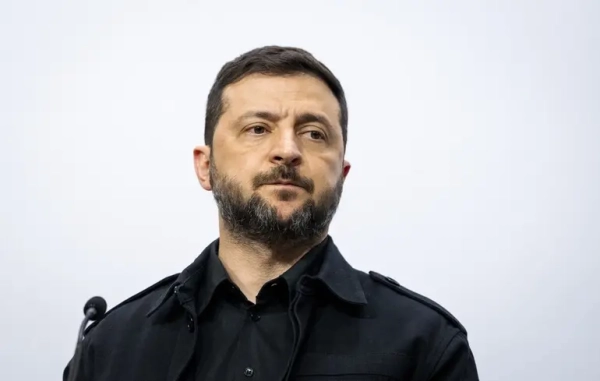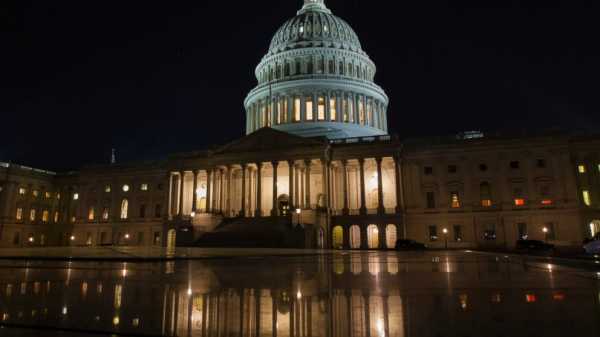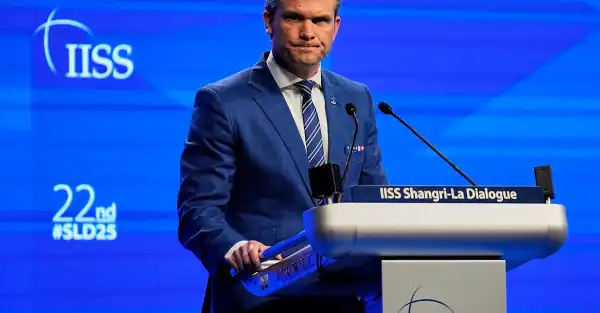
U.S. Defense Secretary Pete Hegseth on Saturday assured his Indo-Pacific partners that they will not be left alone to face growing military and economic challenges from China, while stressing the need for them to be proactive in ensuring their security.
He noted that Washington would strengthen its defensive posture abroad to counter what the Pentagon sees as rapidly growing threats from Beijing, especially in light of its aggressive actions toward Taiwan.
China has carried out a series of exercises to test what a blockade of the self-ruled island, which Beijing claims as its territory, might look like, while the United States has pledged its readiness to defend it.
The Chinese military is “rehearsing real action,” Mr Hegseth said in a keynote speech at a security conference in Singapore.
“We won't sugarcoat it – the threat from China is real. And it may be inevitable.”
China aims to have its military capable of taking Taiwan by force if necessary by 2027, a target that experts see as more ambitious than a strict time limit for military action.
However, China has also created sophisticated artificial islands in the South China Sea to support new military bases and developed high-tech hypersonic and space technologies, prompting the US to build its Golden Dome missile defense system.
Speaking at the Shangri-La Dialogue global security conference organised by the International Institute for Security Studies, Mr Hegseth noted that China was no longer simply increasing its military forces to seize Taiwan, but was “actively training for it every day”.
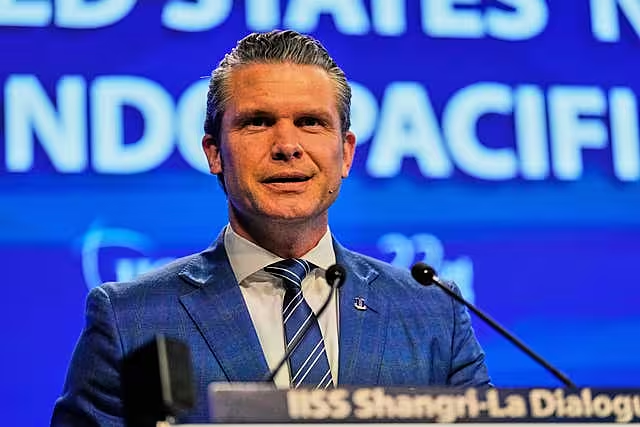
Mr Hegseth also criticised China for its ambitions in Latin America, particularly its efforts to strengthen its influence over the Panama Canal.
He called on countries in the region to increase their defence spending to a level comparable to 5% of their gross domestic product, as European countries do.
“We all have to do our part,” Mr. Hegseth said.
He also reaffirmed a pledge made by previous administrations to expand US military capabilities in the Indo-Pacific region to provide more credible deterrence.
While the Obama and Biden administrations also committed to reorienting their forces to the Pacific and entered into new military agreements across the region, the full transition never materialized.
Instead, US military resources have been regularly diverted from the Indo-Pacific region to support military needs in the Middle East and Europe, particularly following the conflicts in Ukraine and
Sourse: breakingnews.ie
